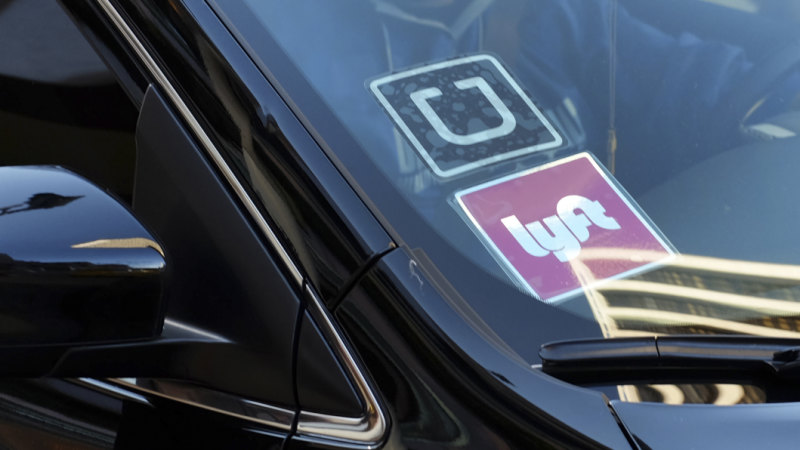
“We believe that recent price reductions for both Uber and Lyft may be indicative of investor hesitance to invest in highly capital-intensive, deeply unprofitable and untested business models at this late stage of the economic cycle,” PitchBook analyst Asad Hussain said.
Loading
In the filing, Uber set a target price range of $US44 to $US50 per share for its IPO. The company will sell 180 million shares in the offering to raise up to $US9 billion, with a further 27 million sold by existing investors for as much as $US1.35 billion.
Reuters reported this month that the combined value of Uber shares sold in the IPO would be around $US10 billion.
The Uber IPO would rank as the largest in the United States since that of Chinese e-commerce giant Alibaba Group in 2014.
The updated public filing comes as Uber begins its 10-day investor road show, in which management will pitch Uber to public markets investors.
Uber executives kicked off the IPO road show in New York on Friday. They will host an investor presentation in London on Monday, before returning to the United States for visits to New York a second time, Boston, San Francisco and the Midwest.
Uber expects to price the IPO on May 9 and then begin trading on the New York Stock Exchange the following day, people familiar with the matter have said.
Founders’ payday
Of the stock being sold in the IPO by existing Uber investors, 6.86 million shares are from Uber co-founders Travis Kalanick and Garrett Camp, meaning the two men could jointly pocket $US343 million if the IPO prices at the top end of its current range.
Uber will face a host of questions from investors, including when it will turn a profit, how it will navigate the transition to autonomous vehicles, and whether its business model can support higher driver costs from minimum wage rules.
Underscoring the company’s ability to generate revenue but also the scale of its losses, Uber reported in the filing a net loss attributable to the company for the first quarter of 2019 of around $US1 billion on sales of roughly $US3 billion.
“When it comes to Uber, we believe there are still questions over the current car-sharing model, the economics of which are not immediately or obviously attractive for sustainable, long-term investment,” Mark Hargraves, head of Framlington Global Equities, wrote in a note.
Uber also said PayPal had agreed to purchase $US500 million of stock in a private placement at the price the IPO eventually settles at. The two companies also said they were extending an existing partnership to “explore future commercial payment collaborations.”
This is similar to when Comcast’s NBCUniversal invested $US500 million in Snapchat owner Snap, around the time of the latter’s IPO in 2017.
Conservative valuation
Two other IPOs this month, those of online scrapbook company Pinterest and video conferencing company Zoom Video Communications have performed much better than Lyft. Uber, however, has chosen to still value itself conservatively.
One advantage Uber will likely seek to emphasise to investors is that it is the largest player in many of the markets in which it does business, and the fact that it operates around the world.
Analysts consider building scale crucial for Uber’s business model to become profitable.
Unlike Lyft, Uber also has a restaurant delivery business, Uber Eats, which generated $US1.5 billion in revenue last year.
During Uber’s IPO road show, Chief Executive Dara Khosrowshahi will be also tasked with convincing investors that he has successfully changed the company’s culture and business practices after a series of embarrassing scandals over the last two years.
Those have included sexual harassment allegations, a massive data breach that was concealed from regulators, use of illicit software to evade authorities and allegations of bribery overseas.
The Uber IPO is being led by Morgan Stanley, Goldman Sachs and Bank Of America Merrill Lynch.
Reuters
Most Viewed in Business
Loading








